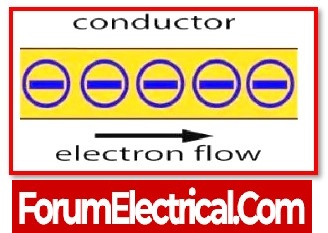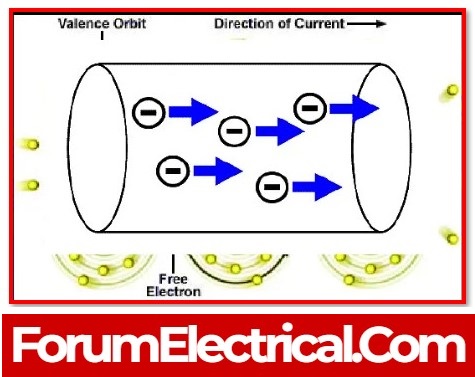What is Electricity?
The movement of charge (the movement of electrons) in a conductor is referred to as electricity. Similar to how fluid flows from higher pressure to lower pressure, electricity also moves from a high voltage to a lower voltage state. Voltage is the force that drives the current, or charge, from one location to another.

Although static electricity, such as that found in glass rods or silk, cannot flow, it can be created by rubbing on the chosen materials.
Another technique is to apply
“the Faraday law, which states that when a conductor (metal) is moved back and forth in a magnetic field, current will flow in the conductor”
Generators are used to produce large amounts of electricity. This machine has a rotor with a fixed magnet that is powered by either
- Gasoline or
- Diesel.
What is the definition of electricity?
The definition of “electricity” is “movement of electric potential at a point A is the total work done to move a 1C charge from infinity to the point A under the influence of a constant electric field.”

How do you define electrical energy?
Electrical energy is the force that results from the transfer of electrons from one location to another. Current or electrical is the flow of charged particles along/through a wire.
- Generation (V),
- Transmission (I),
- Utilization or Distribution (R),
- Measurement (V=IR & P=VI), and
- Manual Control (Switch/Regulator)
are the five main principles in electrical.
How Electricity is created?
Electricity generation is the process of producing electric power from fundamental energy sources. It is the phase before it is transmitted, distributed, and delivered to end customers for utilities in the electric power sector.
Electricity Generation:
The process of turning a primary energy source into electricity at power generation or other generating equipment is known as electricity generation.
What determines the electricity generation?
According to Faraday’s law of mutual electromagnetic induction, an e.m.f. is produced in an electrical circuit that is moving (such as rotating) and cutting magnetic lines of force at a rate that is proportionate to the rate at which the unit lines of force are being severed.
Fundamentals of electricity:
- Voltage,
- Current flow, and
- Impedance

are the three fundamental forces in electricity (resistance). They are the basic forces that regulate all of the world’s electrical circuits. The force that drives current via electrical circuits is voltage.









